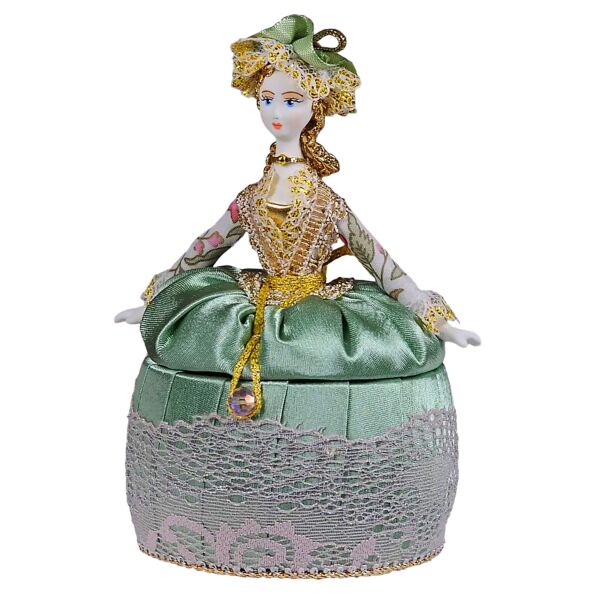Bestsellers
Go to filters
-
 $32.99 $24.00
$32.99 $24.00 -
 $32.99 $26.00
$32.99 $26.00 -
 $44.99 $36.00
$44.99 $36.00 -
 $19.99 $14.00
$19.99 $14.00 -
 $27.99 $16.00
$27.99 $16.00 -
 $20.99 $14.00
$20.99 $14.00 -
 $19.99 $14.00
$19.99 $14.00 -
 $24.99 $16.00
$24.99 $16.00 -
 $24.99 $16.00
$24.99 $16.00 -
 $25.99 $20.00
$25.99 $20.00 -
 $26.99 $18.00
$26.99 $18.00 -
 $25.99 $18.00
$25.99 $18.00 -
 $25.99 $18.00
$25.99 $18.00 -
 $25.99 $18.00
$25.99 $18.00 -
 $25.99 $18.00
$25.99 $18.00 -
 $25.99 $18.00
$25.99 $18.00 -
 $25.99 $18.00
$25.99 $18.00 -
 $5.99 $5.00
$5.99 $5.00 -
 $3.99 $3.00
$3.99 $3.00 -
 $29.99 $24.00
$29.99 $24.00 -
 $39.99 $32.00
$39.99 $32.00 -
 $84.99 $68.00
$84.99 $68.00 -
 $94.99 $76.00
$94.99 $76.00 -
 $84.99 $68.00
$84.99 $68.00 -
 $29.99 $24.00
$29.99 $24.00 -
 $19.99 $16.00
$19.99 $16.00 -
 $19.99 $16.00
$19.99 $16.00 -
 $29.99 $24.00
$29.99 $24.00 -
 $24.99 $20.00
$24.99 $20.00 -
 $29.99 $24.00
$29.99 $24.00



































